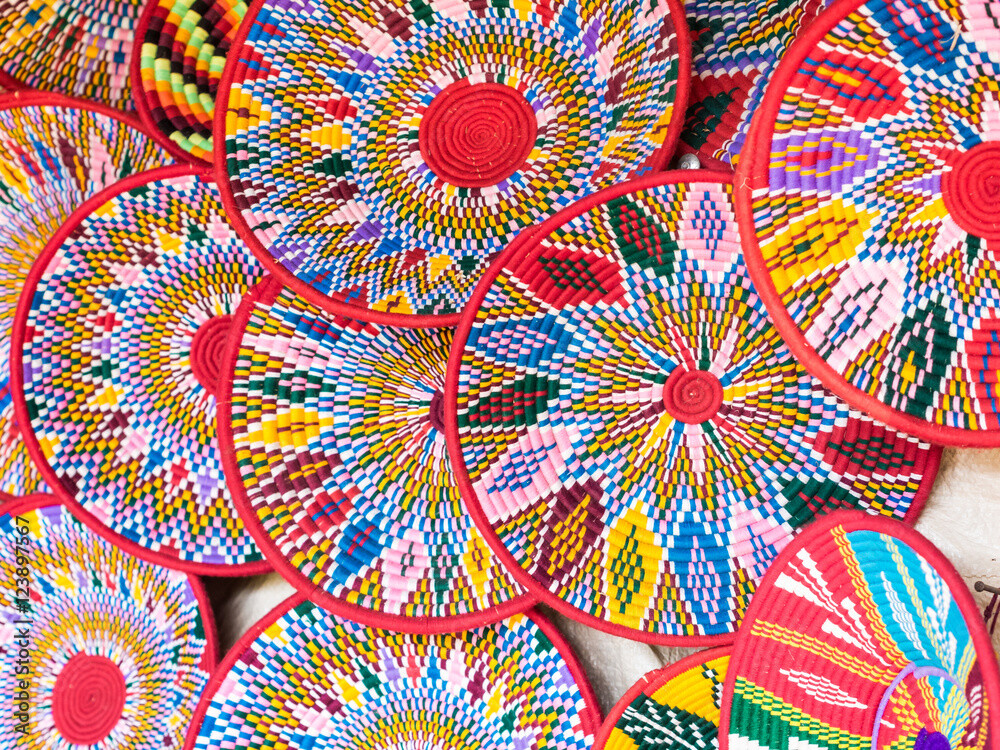 The designation “Habesha” commonly pertains to individuals of Ethiopian and Eritrean heritage, especially those who communicate in languages including Amharic, Oromo, Tigrinya, Tigre, Harari, Somali, Afar, Hadiya, Sidama, Wolaytta, and Anuak, among others. This term embodies both cultural and ethnic dimensions, frequently being utilized interchangeably with references to these nations, and it can represent a diverse array of ethnic communities.
The designation “Habesha” commonly pertains to individuals of Ethiopian and Eritrean heritage, especially those who communicate in languages including Amharic, Oromo, Tigrinya, Tigre, Harari, Somali, Afar, Hadiya, Sidama, Wolaytta, and Anuak, among others. This term embodies both cultural and ethnic dimensions, frequently being utilized interchangeably with references to these nations, and it can represent a diverse array of ethnic communities.
Key Aspects of “Habesha”:
- Etymology:
- The word “Habesha” is believed to have originated from ancient Semitic roots and is commonly used to describe people from the Horn of Africa.
- The term is often considered a shared identity for the people of Ethiopia and Eritrea, particularly those from the highlands. It reflects a common cultural, linguistic, and historical heritage.
- Geography:
- Ethiopia and Eritrea are both located in the Horn of Africa, and people from both countries, particularly the Amhara and Tigray ethnic groups, often identify with the Habesha label.
- Eritrea became an independent country in 1993 after separating from Ethiopia, but many people from both nations still share historical, cultural, and linguistic ties.
- Language:
- The primary languages spoken by Habesha people include:
- Amharic (the official language of Ethiopia),
- Tigrinya (spoken in both Eritrea and northern Ethiopia),
- Tigré (spoken in Eritrea).
- These languages are part of the Semitic language family, and they share many linguistic similarities with languages spoken in the Middle East.
- The primary languages spoken by Habesha people include:
- Cultural Identity:
- The Habesha culture is rich in traditions, religious practices, and customs. The majority of Habesha people are Ethiopian Orthodox Christians, but there are also significant populations of Muslims and adherents of other religious practices.
- Cuisine: Traditional Habesha food is often based on injera (a sourdough flatbread) and wat (a spicy stew). Some well-known dishes include doro wat (spicy chicken stew) and kitfo (minced raw beef).
- Music and Dance: Habesha music and dance are deeply intertwined with their cultural celebrations and ceremonies. Traditional instruments like the krar (a lyre) and masinko (a one-stringed fiddle) are common, and dances often involve rhythmic body movements and traditional forms of drumming.
- Religion:
- The majority of Ethiopian Habesha people are members of the Ethiopian Orthodox Tewahedo Church, one of the oldest Christian denominations in the world, tracing its roots back to the 4th century.
- Islam is also widely practiced, particularly in certain regions of Ethiopia and Eritrea.
- There are also minority groups that follow Protestant Christianity or adhere to other traditional beliefs.
- Diaspora:
- Due to historical migrations and conflicts, many Habesha people now live in the diaspora, especially in North America, Europe, and the Middle East.
- Large communities exist in cities like Washington, D.C., Toronto, London, and Addis Ababa. The diaspora has contributed significantly to spreading Habesha culture, especially through music, cuisine, and political activism.
- Habesha Identity in the Modern Era:
- The term “Habesha” is often used as a source of pride, particularly in the diaspora, as it connects people to a shared heritage, history, and culture.
- In Ethiopia and Eritrea, however, the term may be more fluid and complex, as people may prefer to identify more specifically with their ethnic groups (e.g., Amhara, Tigray, or Eritrean), though they may still use Habesha to describe a broader cultural affiliation.
- Cultural Contributions:
- The Habesha people have made significant contributions in various fields, including religion, literature, music, and art. They are known for their rich historical and religious heritage, with sites like the Rock-Hewn Churches of Lalibela in Ethiopia, which are UNESCO World Heritage sites.
- The ancient Kingdom of Aksum, located in present-day Ethiopia, was once one of the great civilizations of the ancient world and an important player in the trade routes between the Roman Empire and the Indian Ocean.
Conclusion:
The term “Habesha” encapsulates a diverse and rich cultural and ethnic identity that is rooted in the highlands of Ethiopia and Eritrea. It refers to people who share linguistic, religious, and historical ties, with the term often evoking a sense of pride and belonging to an ancient and storied heritage. The influence of Habesha people is felt not only in the Horn of Africa but also in the global diaspora, where their contributions to culture, cuisine, religion, and society continue to shape the world.
